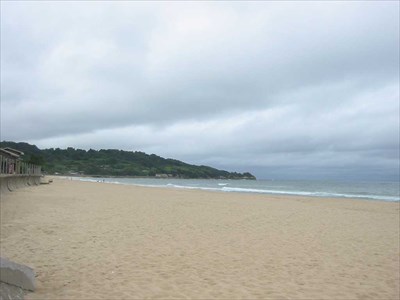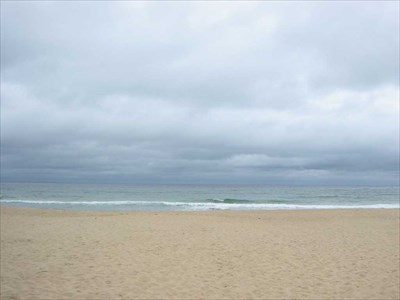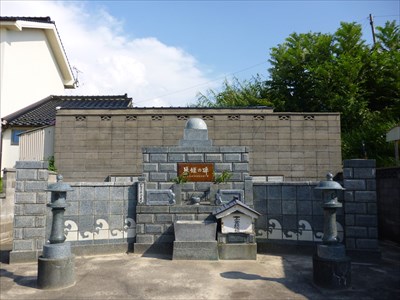| Home>Legend>Article |
Kotohime and Kotogahama Beach
The following text is a slightly modified machine translation and may have some unnatural parts.
==Kotogahama Beach==
The following legends are left on the Kotogahama Beach in Maji, Nima town, Oda City, Shimane Prefecture.



Kotogahama Beach
A long time ago, on the coming day when a big wind blew, a small boat arrived on the beach. When the villagers looked inside, the princess holding a koto (Japanese harp) in the boat collapsed as if she were dead. The villagers took care of her princess. The princess regained her consciousness. She gradually became able to talk, and when asked about the situation, she said, "There was a big battle in the capital city, and my side lost the battle, and when I barely fled for my life by ship, I was swept away by a storm. Most of the attendants have sunk in the waves. "
One night, villagers heard a koto tone that they had never heard before. They wondered and went to the koto-sounding side, where the princess was playing the koto on a small hill by the sea. The villagers were delighted because it sounded like every night.
However, the princess got sick because of a slight cold. The villagers took care of her, but at last the princess died.
The villagers politely buried the princess in the hill where she was always playing the koto. Villagers didn't know the name of the princess, but she was called Kotohime-san because she was a princess playing the koto.
Therefore, the beach where the princess was washed ashore came to be called Kotogahama.
The above synopsis is based on "nursery Tale of Shimane" published by Nihon Hyojun. It is recorded under the title of "Kotohime-san".
The origin of Kotogahama's singing sand is not mentioned in this story.
According to the Kotohime legend introduced in "Legend of Izumo / Iwami: Japanese Legend 48" published by Kadokawa Shoten, it was the spring of 1185, when the Genji‐Heike War ended with the victory of Genji.
After Kotohime died, when they walked on the beach, the sand began to ring. This tells the origin of the name Kotogahama beach that the soul of Kotohime stays at this beach and comforts them.
There is also a re-storied title "Legend of Kotohime".
==Kotohime's grave==
Kotohime's grave is on the side of the Kotogahama parking lot. According to "Legend of Izumo / Iwami: Japanese Legend 48", the remains of Kotohime came out from the place of tradition at the beginning of the Taisho era and are stored in the temple. However, when I visited Mangyo-ji Temple, I heard that there was a tomb on the beach. It is written that the Kotohime Tombstone was built in 1967.

Kotohime's grave
==Anime==
Manga Nippon Mukashi Banashi has been animated as "Kotohime Monogatari (Tale of Kotohime)". Director: Minoru Aoki, Literature: Isao Okishima, Art: Minoru Aoki, Drawing: Minoru Aoki.
==hourglass==
The shojo manga "Hourglass (Suna-Dokei)" is based on the hourglass sold at the Nima Sand Museum, which has the theme of the singing sand of Kotogahama. It has also been made into a drama and a movie. In the movie, it seems that it was shot at Iwami Seaside Park instead of Kotogahama. Kotogahama is also large enough and I don't know why.
==Digression==
Unfortunately I couldn't hear the sound of singing sand. It can be said that the scenery of the Sea of Japan is a cloudy sky with thick clouds hanging low.
Kotogahama beach is located in Oda City, like Iwami Ginzan (Silver Mine). There may be an idea to incorporate it into the tour course together with Iwami Ginzan.
==References==
- * 『出雲・石見の伝説 日本の伝説48』(酒井董美, 萩坂昇, 角川書店, 1980)p.74, pp.225-230
- * 『島根のむかし話』(島根県小・中学校国語教育研究会/編, 日本標準, 1976)pp.245-248